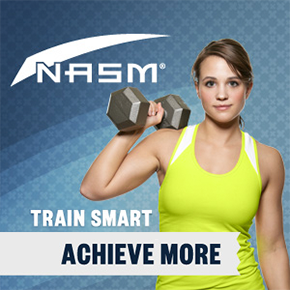Advertisement
Important muscles to train for canoeing are the obliques (muscles used to turn the torso), lats (latissimus dorsi), and triceps which are all used for paddling. However, you should train all the major muscle groups including the legs, because the body works as a unit and not as individual muscles in isolation. These muscles should be trained to increase their strength and endurance by performing traditional strength exercises paired in a superset with stabilization exercises. Use the following variables for this type of training: 2-4 supersets of 8-12 repetitions using a medium tempo for the strength exercise and a slow tempo for the stabilization exercise. Rest 30 seconds after completing the superset. Example exercises include low cable rows supersetted with standing cobra, close-grip dumbbell chest press supersetted with supine triceps extensions on a stability ball. To perform the standing cobra, hold dumbbells in your hands with the thumbs rotated up and away from the body. Activate the core by drawing-in the stomach, bend forward about 45 degrees, and keep the head in a neutral position. Pull the dumbbells back and hold the position; the arms should be straight as you try to squeeze the shoulder blades back and down. Return to the starting position and repeat. To perform a supine triceps extension on a stability ball lie down on your back on a stability ball. The ball should support your head and shoulders. Bridge the hips up so your back is flat and engage the core by drawing-in the stomach and contracting the glutes and abs. Hold the dumbbells with the arms straight in a neutral grip (hands facing each other) then slowly lower the dumbbells by bending only the elbow joint until the forearm is parallel to the ground. Hold in the bottom position and the return to the starting point. For the obliques, perform a high-to-low cable rotation. Set a cable column to the top position and grab the handle with both hands. Activate the core and pull the handle down and across the body. Be sure to pivot the foot on the opposite side to which you are turning.
Continue Learning about Watersports
Important: This content reflects information from various individuals and organizations and may offer alternative or opposing points of view. It should not be used for medical advice, diagnosis or treatment. As always, you should consult with your healthcare provider about your specific health needs.
